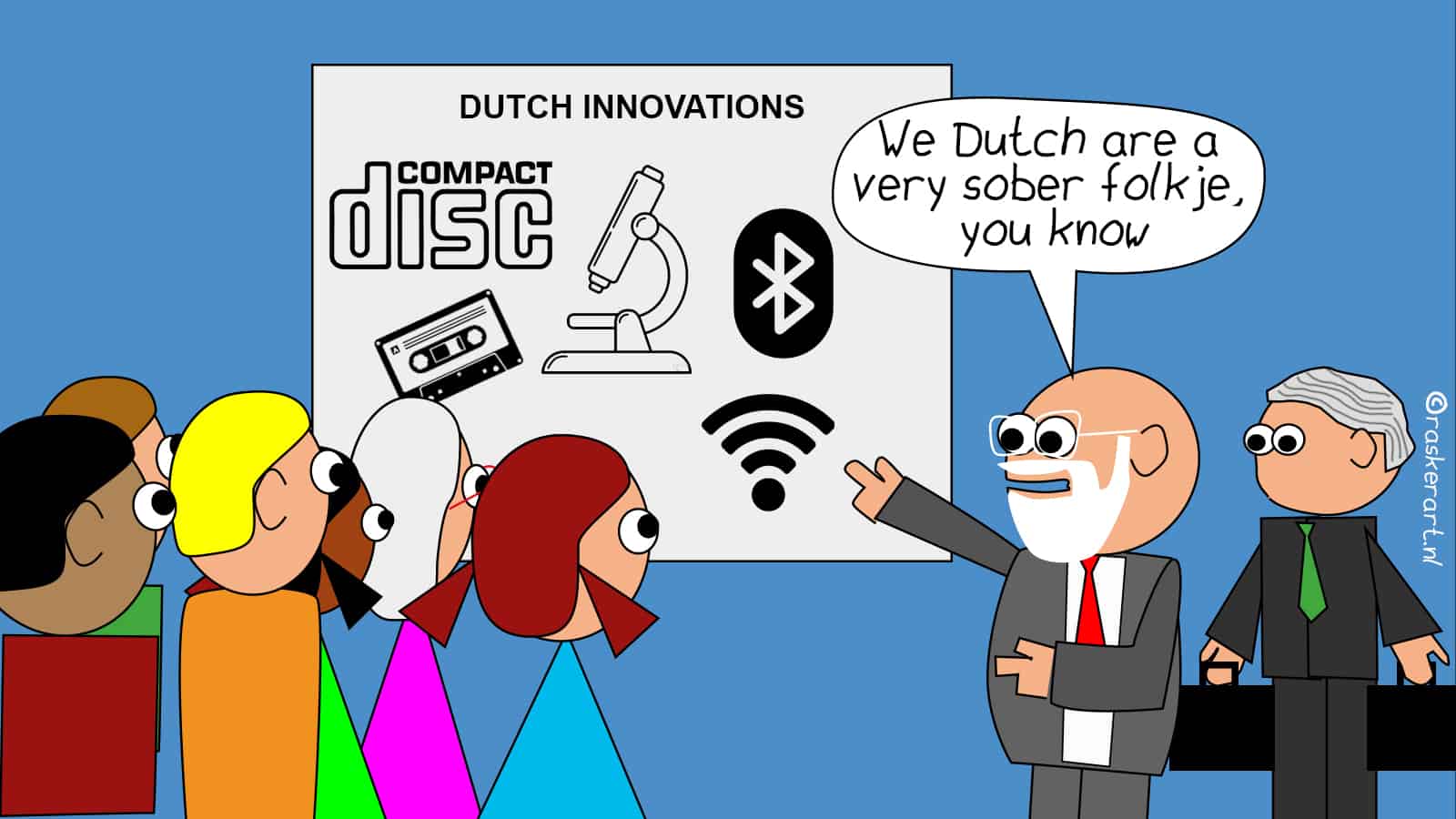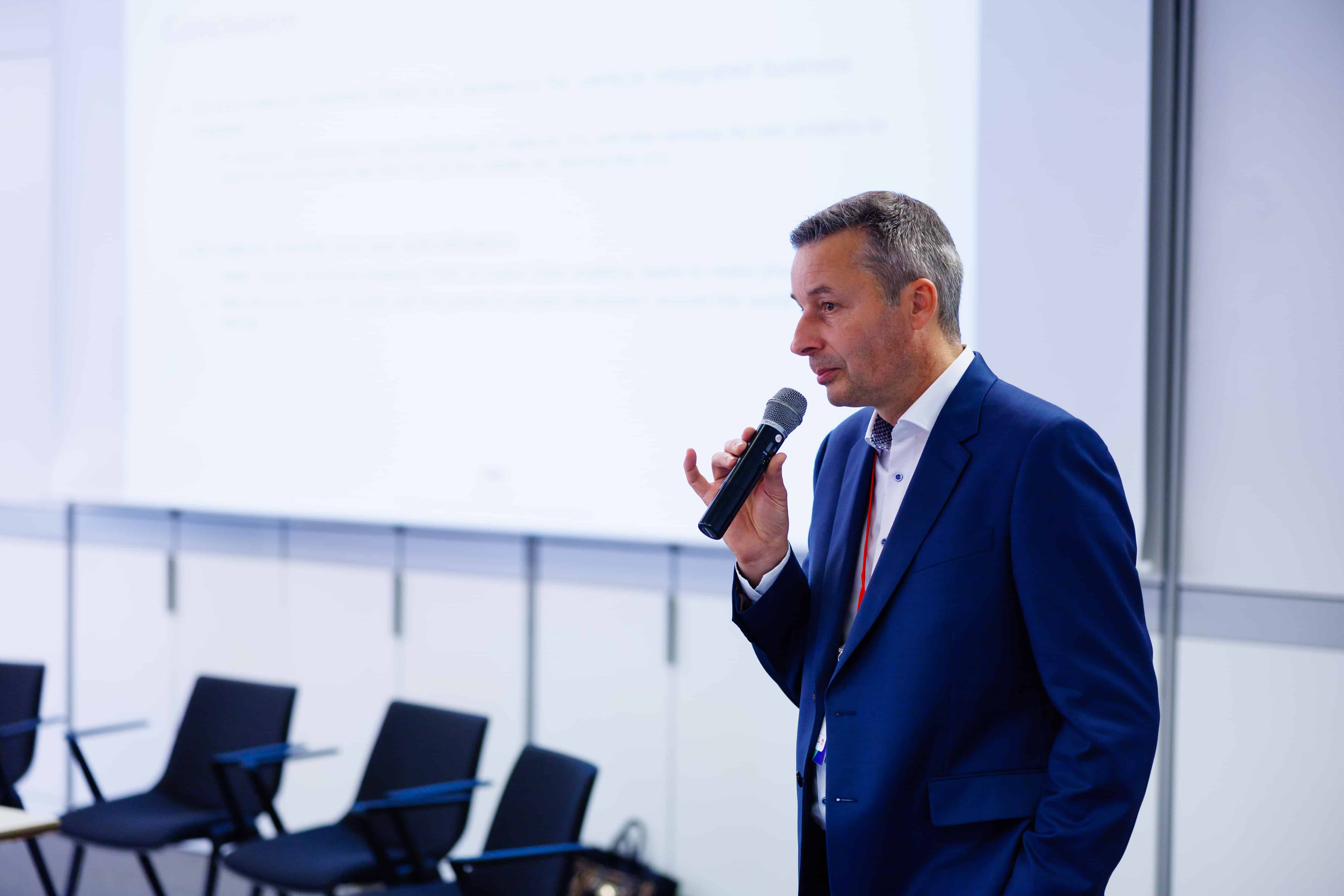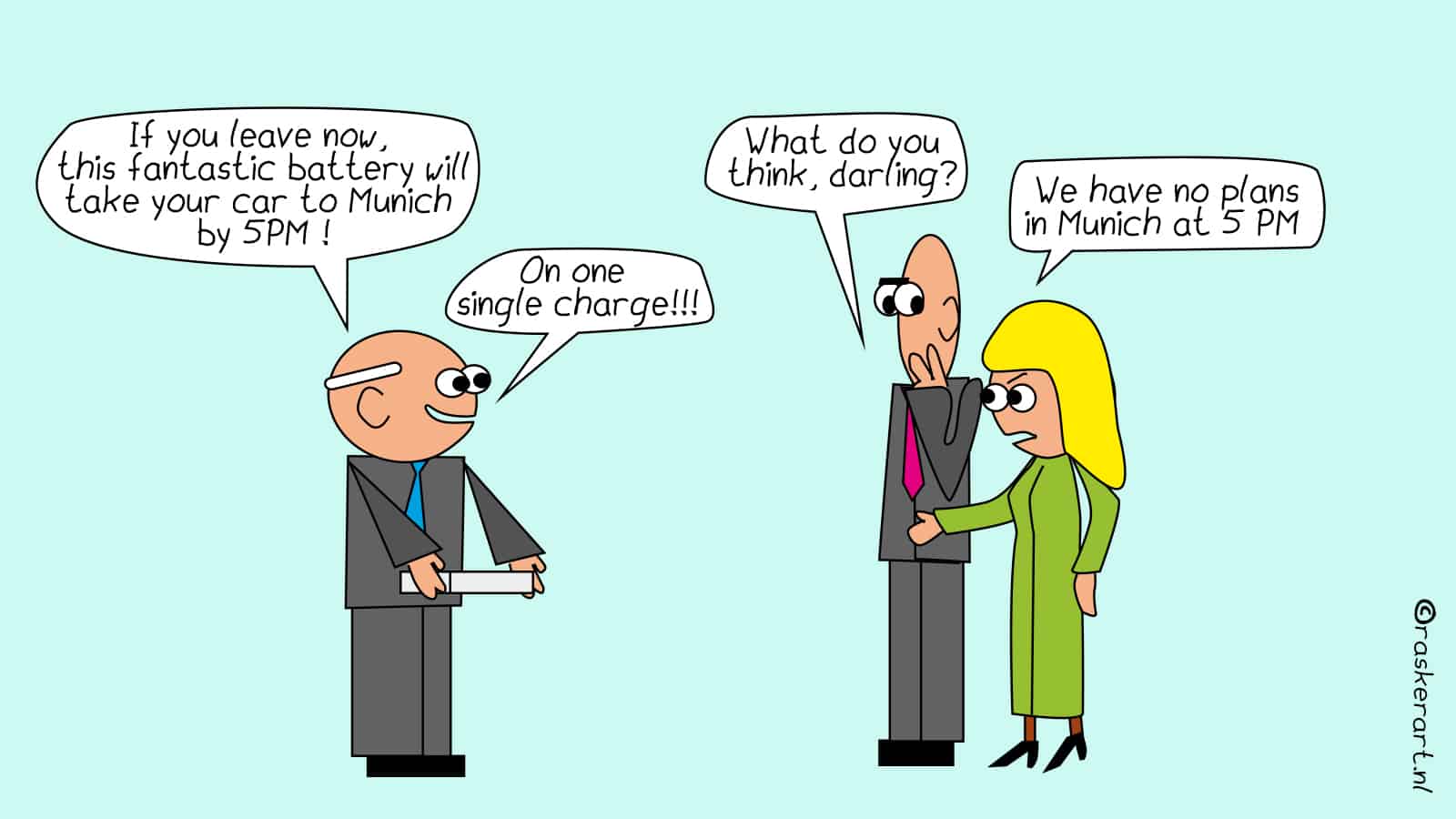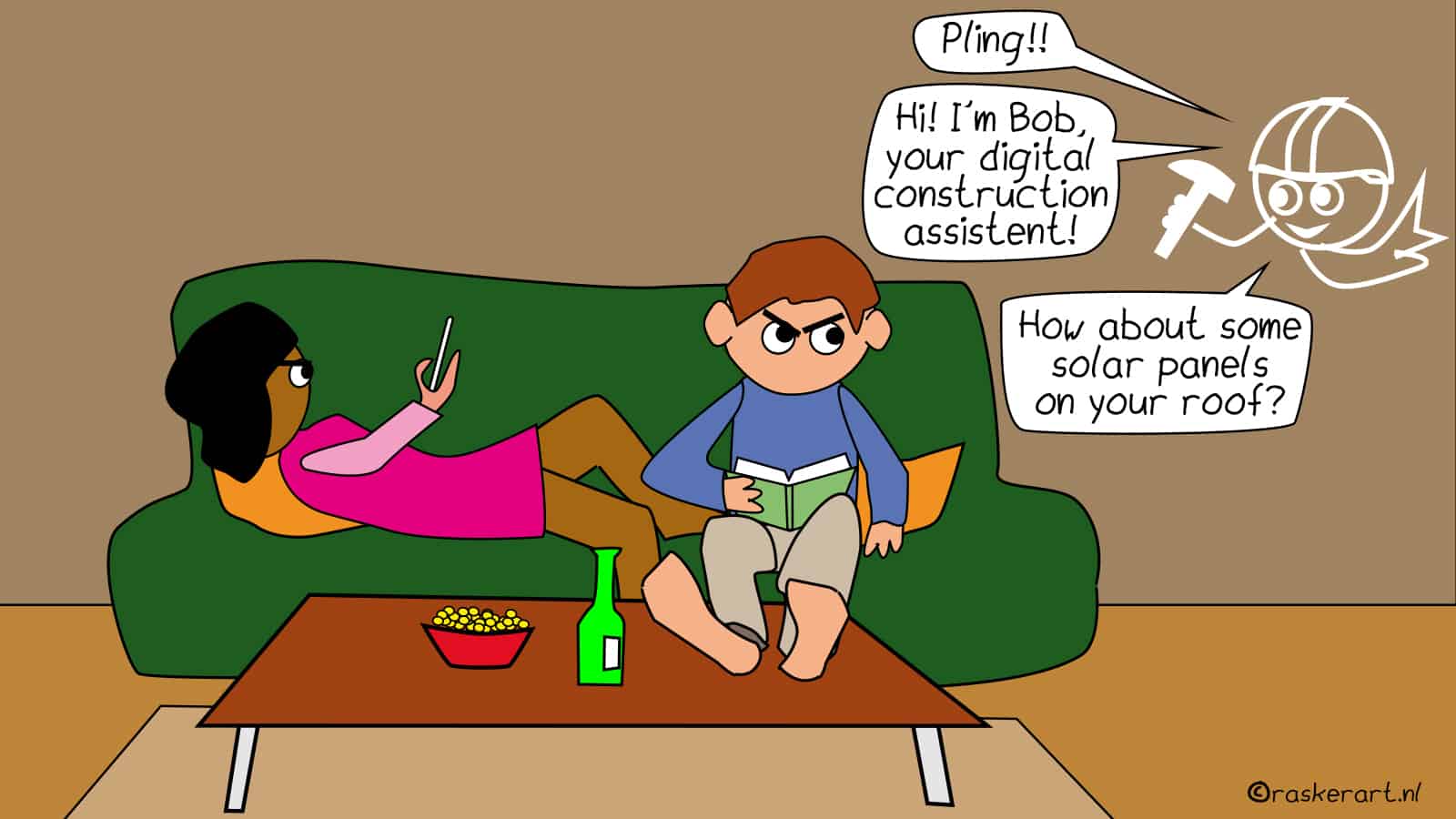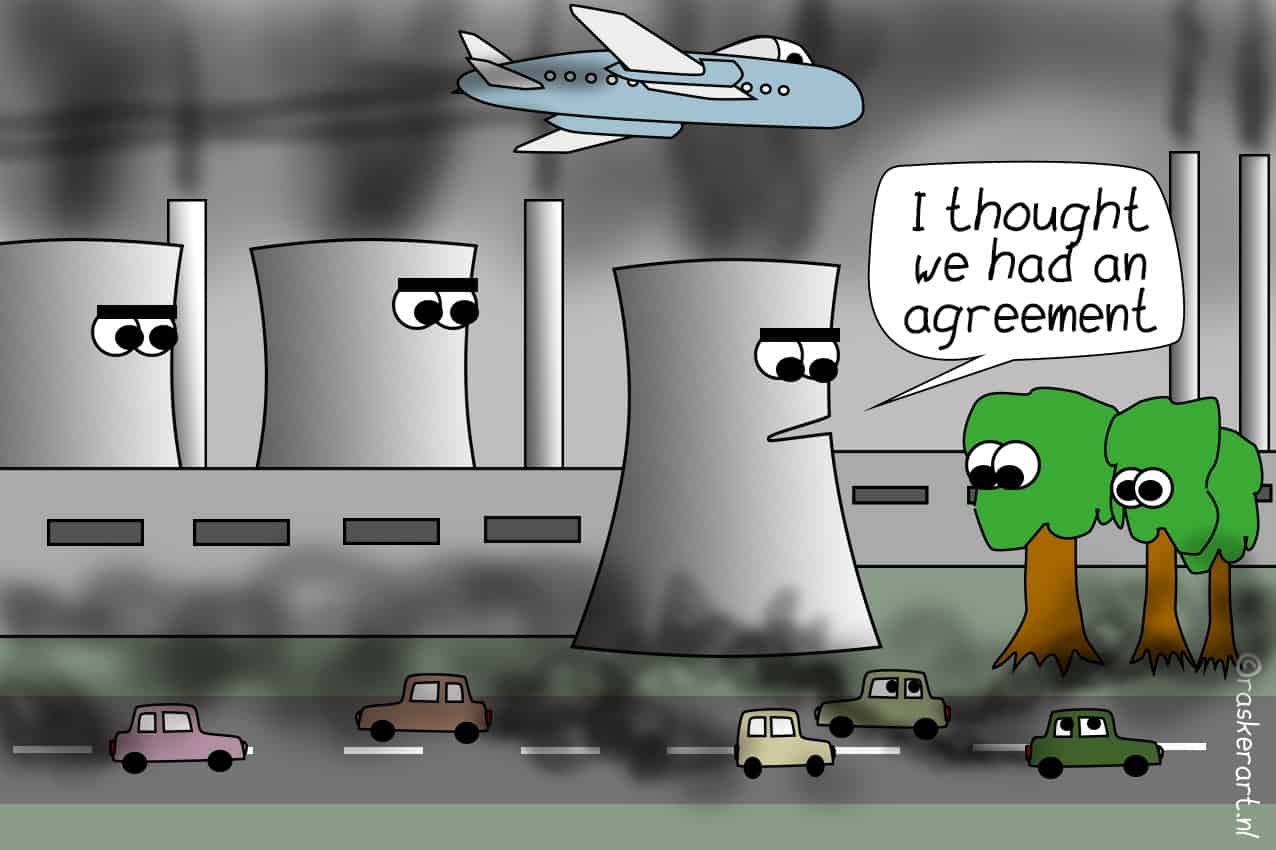
Forests are the Earth’s leading ‘carbon sinks’. They absorb CO2, and that’s a good thing. Contrary to what we previously thought, there is quite a difference between one forest and another. According to researchers at the Ludwig-Maximilians-Universität München (LMU), it is not only direct human activities such as deforestation or reforestation that determine forest effectiveness. Forest fires and extreme weather conditions, as well as increasing CO2 concentrations in the atmosphere also influence the amount that can be absorbed by trees and other woody vegetation. The researchers are now working hard to turn this new knowledge into action: how can we even better ensure that CO2 is actually absorbed by forests?
For Albert Jan Rasker, it was the article of the week. Excellent choice: a subject you want to know more and more about while you read the article. The same goes for the small selection below from our abundant coverage from last week. Don’t fancy this editorial selection? Understood, so here is last week’s complete overview.

Plants get energy from sunlight through the process we know as photosynthesis. Scientists at the University of Cambridge have managed to generate energy in the same way. To do so, they use floating artificial leaves. Brilliant.

Anyone breaking their head around the energy transition quickly thinks of electricity and hydrogen. But Renewable Iron Fuel Technology (RIFT) is convinced that iron fuel is also indispensable for a sustainable future. The company’s fuel is an ideal alternative to gas for the industry. And it’s completely circular.

In the Netherlands, an average of 3254 people die each week. Cremation or burial are the most chosen ways to go, but both options are harmful to the environment. Resomation, also known as water cremation, can be a more sustainable alternative.

We are in the midst of the energy transition. Local initiatives to generate our own power are sustainable and on the rise. But, we must also consider their effects on the national energy system. Three researchers from the HOLON project tell us what that will look like.




